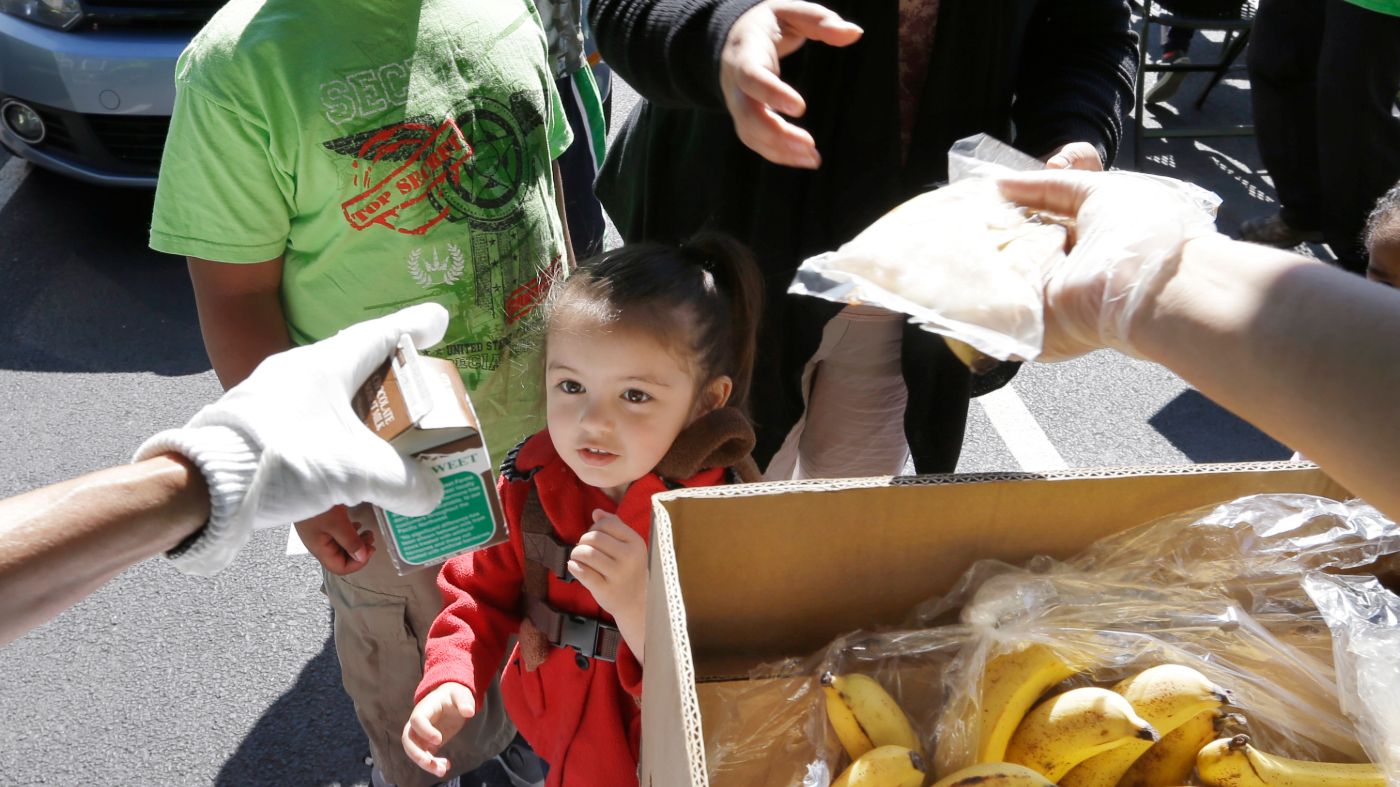
How Food Stamps Help Feed Millions of Kids in the United States of America
Have you ever thought about what it’s like for a child to fall asleep hungry, not just once, but night after night? It’s hard to believe this happens every day in a country as rich as the US. But it does. Many families struggle to afford food, and kids are the ones who suffer the most. That’s where food stamps for kids come in. This support helps parents buy groceries so their children can eat healthy meals and stay strong. This article highlights how this program works, who it helps, and why it truly matters to millions of families.
Understanding the Struggles Families Face
Many families across America face hard choices every month. Rising prices, with stagnant wages and unstable work hours, have parents wondering how they will be able to pay rent while still having enough money left to buy food. This is especially painful for single parents, families with multiple children, or people who live in rural areas where the nearest affordable grocery store could be several hours away. When money is tight, children eat less or go hungry. Hunger not only causes physical pain; it also impacts how children learn, grow, and act in school. It’s not just the missing dinner; it’s the missing chances to succeed.
What Food Stamps Actually Do
Food stamps, also called SNAP benefits, are monthly funds that help families buy groceries. They come on a special card that works like a debit card and can be used at most grocery stores and even some farmers’ markets. With this help, parents can buy fruits, vegetables, milk, bread, and other important items.
The aid allows most parents to ensure their children have three meals daily. Children can pay better attention in school, experience fewer health complications, and have the energy to engage in physical activity as they grow. For low-income families, it could change the domestic experience of hunger versus being full, which is why supplemental nutrition assistance programs (SNAP) benefits are extremely crucial. That’s the reason food stamps for children are very valuable in many households.
Who Gets Help and How It Works
To qualify for food stamps, a family must fulfill certain criteria, including the number of people in the household and household income. The program also considers rent, bills, and childcare costs to see who qualifies.
Once approved, families get an EBT card loaded with money every month. They can use it to buy food at approved stores. In many states, extra help is given during summer and winter breaks when kids don’t get school meals. This extra support helps fill the gap so kids aren’t left without food when school is out.
Why This Program Matters to Everyone
Helping feed kids doesn’t help one family, but the whole community. Well-fed kids do better in school, have fewer absences, and are more likely to grow stronger. The stress level of the parents decreases because they can now prepare basic meals at home. Peace of mind translates into cleaner homes and brighter futures.
Food stamps also boost the local economy. When families shop at grocery stores and markets, they support businesses and help keep jobs in the community. In simple terms, this program does more than feed people; it lifts them and keeps communities moving forward.
Beyond The Grocery Isles: The Impact of A Simple Card
The impact of food stamps goes far beyond the contents of the pantry. When families don’t have to devote every dollar to food, they can use that money for rent, school materials, or health care. Stability like this makes children feel more secure and less fearful, a benefit as essential as the meals themselves.
Food stamps benefit local communities as well. When those families go to neighborhood stores or farmers markets to purchase food, it goes to fund small businesses and provide employment. It strengthens local economies and combats hunger—something that everyone, not just the families helped, benefits from.
Looking Ahead: Keeping the Promise Alive
Even though food stamps help millions, not every child who needs them is getting them. Many families do not know they are eligible, and others are too shy to ask for help. Policy and budgetary changes can also impact how much support is provided.
It’s important to ensure this help stays strong and grows as needed. Every child deserves a full plate and a fair shot at life. Food should never be a question mark in a child’s day. When we support programs like this, we’re investing in kids, families, and the future of our country.



